Print on demand (POD) is a printing technology that allows the printing of a single copy of a book or any other product, only when an order is received. This revolutionary technology has completely transformed the printing industry and has made it possible for individuals and businesses to print their own products and sell them to the world. In this article, we will delve into the world of print on demand and explore the benefits it offers to both the consumer and the printer.
The printing industry has been around for centuries, and traditionally, it involved the printing of large quantities of books or products in advance. This was done to reduce the cost per unit and make the printing process more efficient. However, this approach had many limitations. For example, if a book was not selling well, the printer would be left with a large number of unsold books that would have to be discarded or sold at a reduced price. In addition, the printing of large quantities of books required a significant amount of upfront capital, which was often not available to independent authors and small publishers.
Print on demand technology, on the other hand, eliminates these limitations by allowing the printing of just one copy of a book or product, only when an order is received. This has made it possible for anyone to print and sell their own books or products, without having to invest a lot of money upfront. In addition, POD eliminates the risk of having unsold products, as the book or product is only printed when an order is received.
One of the major benefits of print on demand is that it allows for the printing of small quantities of books or products, making it possible for independent authors and small publishers to reach a wider audience. In the past, these authors and publishers were often unable to get their books or products printed, as they did not have the resources or capital to print large quantities of books. With print on demand, however, they can now print and sell their books or products, without having to worry about the costs and risks associated with traditional printing methods.
In addition to being accessible to independent authors and small publishers, print on demand also offers a number of benefits to consumers. For example, POD makes it possible for consumers to purchase books or products that are not readily available in their local bookstore or online retailer. This is because POD allows for the printing of out-of-print or rare books, which would otherwise not be available to consumers.
Print on demand technology also offers consumers a more environmentally friendly printing option. Traditional printing methods often result in the printing of large quantities of books or products that are not sold, leading to waste and pollution. With POD, however, the book or product is only printed when an order is received, reducing the amount of waste and pollution associated with the printing process.
Another benefit of print on demand is that it allows for the customization of books and products. For example, POD technology makes it possible for consumers to add their own images or text to a book or product, creating a truly unique and personalized item. This is particularly useful for businesses that want to create custom products for their customers, such as personalized photo books or custom-branded products.

In addition to the benefits offered to consumers, print on demand also offers a number of benefits to printers. For example, POD technology eliminates the need for printers to invest a lot of money upfront in the printing of large quantities of books or products. Instead, they can focus on producing high-quality products, without having to worry about the costs associated with traditional printing methods.
Print on demand also makes it possible for printers to reach a wider audience. In the past, printers were limited to printing books or products for a local market. With POD, however, printers can now reach customers all over the world, through online marketplaces and e-commerce platforms. This opens up new opportunities for printers to expand their customer base and increase their revenue.
In conclusion, print on demand has revolutionized the printing industry, offering benefits to both consumers and printers. By eliminating the need for large upfront investments and the risk of having unsold products, POD has made it possible for anyone to print and sell their own books or products. In addition, POD technology offers consumers a more environmentally friendly printing option, the ability to customize their books and products, and access to books or products that are not readily available in their local area. As technology continues to advance, it is likely that print on demand will become even more accessible and efficient, providing even more opportunities for individuals and businesses to take advantage of this innovative technology.



Comments ()